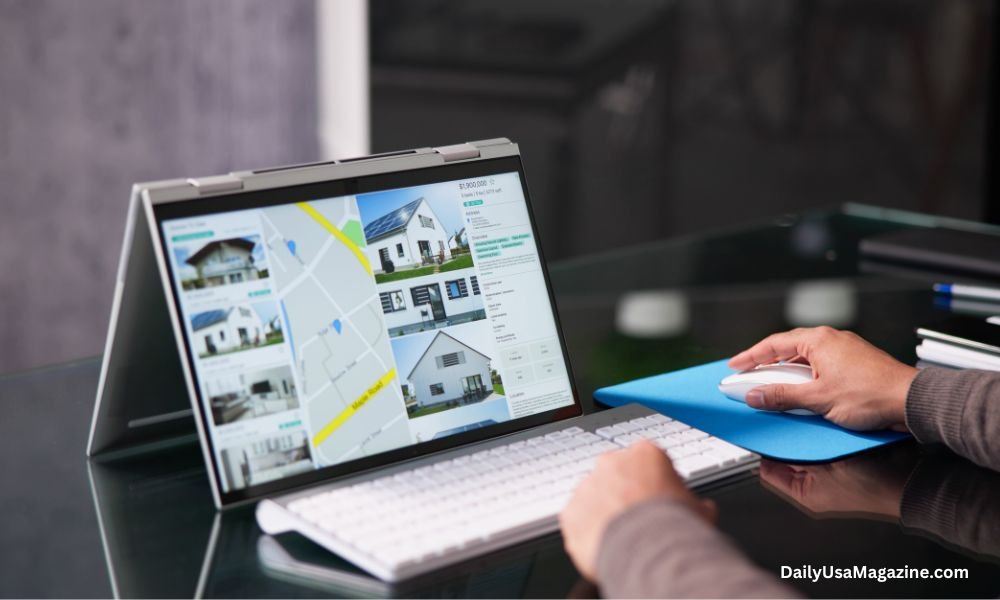In the dog-eat-dog real estate world, getting investment offers can depend on how well you sell the project. Such a venture can attract investors’ interest and sell them the idea behind the real estate JV pitch deck template development: a well-designed joint venture (JV) pitch deck. The purpose of this guide, which is structured in several parts, is to show you how to create a convincing pitch deck that explains the advantages of your project to the target audience and enables you to earn your investors’ trust.
Introduction
The Importance of a Real Estate JV Pitch Deck Template
A real estate JV pitch deck can be defined as a graphical document that details different parts of a project, its goals, and the value for investors. In short, it is a tool that pulls in and convinces potential stakeholders through visual representations of expected benefits and profitability. Surely the proper design of the investment pitch deck will help to generate interest and trust in the investor leading to smoke free business deals.
Role in Conveying Project Value
When a picture is worth a thousand words, your pitch deck will leave an impression before presenting you and your project which has its USPs and differentiates it in the market. The presentation should highlight the underlying factors that make your project a prime investment focus.
Building Investor Trust and Interest
For any involvement to take place investors must have a guarantee that the engagement will be worthwhile. The investors need a ROI for their time and resources and your pitch deck can do just that by validating your project with figures, research, and a coherent go-to-market strategy.
Key Elements of a Pitch Deck
Pitch deck development requires one to possess a wider understanding of the purpose. The core attributes can begin with an enticing project summary as well as detailed cash flow statements and charts coupled with a partnership model. Seeking financing can be compared to primary school education; explain why this and that has to be done to answer and satisfy the customer’s ultimate vision.
Project Overview
High-Level Summary
Start your pitch deck with a description of the project within a few sentences. Where exactly is the development going to take place? Are the plans for it to be a single-family, multi-family, commercial or mixed-use lots? What are your main objectives and goals? This can be the overview that serves as a prelude to the details that will come thereafter.
Unique Selling Proposition
Establish what makes your project different from that of the others in the market. It may be a special feature for architectural design, an innovative market perspective, or an easy-to-access location. Ensure the benefits are well explained to stakeholders and their quick turn of interest is captured early in the proposal.
Market Analysis
Understanding Market Dynamics
Market landscape is one of the most important aspects of every project and most investors should understand how your project would fit into the market. Discuss demographic and economic environments, trends, and possibilities for growth, and market potential. Cite a number of sources to strengthen your information and illustrate the need and potential for growth which your project would seek to exploit.
Competitive Analysis
Determine the main competitors and mention the competitive edges that your project possesses. Describe in what ways your further development differs from your competitors in terms of price, geographical area, provided facilities, or specific population for marketing. This analysis will bring them an understanding of why this project should be such an attractive investment vehicle longer.
Financial Projections
Detailed Financial Overview
Develop a complete financial picture that contains an income statement, and expenses, as well as provide a working capital support liquidation. The return on investment should be clearly stated, and the anticipated economic indicators presented. Such clarity will enhance trust in the economic feasibility of your proposal.
Risk and Sensitivity Analysis
Risk is a given in any investment. Discuss the scenarios that are optimistic, realistic, and pessimistic, and explain the approaches that you will adopt to minimize such scenarios. By failing to explain any possible complications, you are reassuring others and showing them that risk has been minimized and that there was a proper strategy in place.
Partnership Structure
Roles and Responsibilities
Explain the roles and responsibilities of all the stakeholders in the collective venture. Allocating roles with clarity helps all parties know what they are supposed to contribute which facilitates operations and collaborations.
Equity and Profit Sharing
State the percentages of the equity contributions as well as profit sharing ambitions. Being open in this regard is important to reduce the chances of miscommunication and to make sure all parties agree on the financial structure and agreements.
Benefits and Risks
Mutual Benefits
Mention the benefits for each of the parties regarding the long run as well as the return of investment. The investors have to understand the ways in which they will be profited by the partnership in terms of either finances or strategies.
Addressing Risks
Explain the possible setbacks and obstacles that your project comes across. Give measures that one can take to mitigate these risks which boost the trust of the investors in the durability of your project and in your capability to handle risks.
Visual and Design Elements
Importance of Visual Appeal
An appealing pitch deck should hold on the minds of the audience long after they see it. Images as well as renderings help to make the project realistic. Branding and design need to be integrated to improve the professionalism of the pitch.
Technology Integration
Make use of technology so that the participants are engaged effectively. Further include VC, AR so that interactive models and visualizations may be provided to the investor for a better scope of the project.
Conclusion
Conclude by outlining the primary advantages of the pitch deck alongside the prospective benefits of the project. Distill the major takeaways of the unique selling proposition to the investors and explain why your project is a good investment opportunity.
Motivate the investors to make a move and ask them to invest or book us for another meeting. Provide appropriate contact details for the audiences’ interactions so that they can contact you to discuss what actions to take next.




